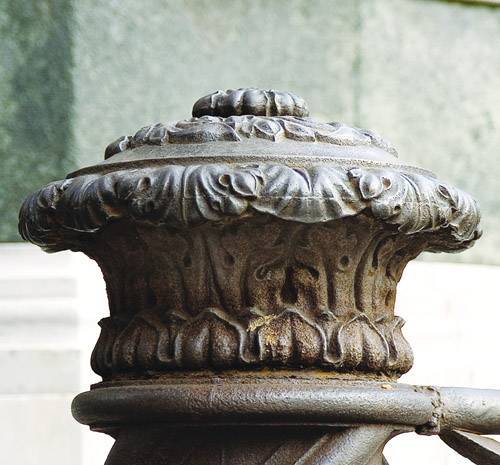The Palio and the Gangs of Siena
| First run in 1656, the Palio is a medieval horse race run by representatives from the various neighborhoods of Siena, known as the contrada. Consider this excerpt which explains their social and political position, as written by Kristin Jarratt in the "In Italy Online" website:
The Palio was serious business in 1656 and it's serious business now. You could get beat up or seriously hurt if you wore the wrong colors in the wrong neighborhood during Palio time. The whole atmosphere is kind of like the street gangs of Los Angeles taking a sudden interest in the Preakness. The main square in Siena is the Campo, and it's the site of this ritualistic spectacle. The cobblestones are covered with a deep layer of dirt, and railings are erected that turn the square into an approximation of a racing oval (despite the squared corners and blind spots that make the race more of a suicide run than a sporting event). The people were in a fanatical frenzy as the start of the race grew closer. The costumes, flags, and pageantry are faithfully preserved from Siena's past, and it feels like more of a ritualistic reenactment than a casual summer festival. Watching the jockeys ride bareback around the hairpin turns inspired vivid flashbacks of the opening scene on ABC's Wide World of Sports, when the skier wipes out on the ski jump as the announcer talks about the agony of defeat. I was struck by how raw and ferocious the atmosphere was. The horses ripped around the corner, riders and horses flipped and tumbled to the ground, and the densely packed crowd erupted and screamed. Il Palio exudes a palpable undercurrent of violence that makes it feel more like a bullfight than a horserace. Anyway, it's now 3:30 and my bag still hasn't shown up. Aunt Minnie has stepped out for the afternoon, and a girl named Danielle has replaced her at the front desk. Danielle is a student at the University of Siena, having come to Italy last year from South America. She tells me that the people of Siena are very closed and insular. Even though she speaks perfect Italian and blends in visually, she is not accepted here. "The people who were born here, whose families have lived here a long time, they do not accept outsiders like me and my friends," she tells me. "They will tolerate tourists because you spend money, but they are closed and exclude the outsiders who live here." Copyright © 2005 by Dan Giordan
Siena was originally an Etruscan settlement that later became the Roman city of Sena Julia. Throughout the Middle Ages, the city came under the control of the Lombard kings, and they were constantly fighting with neighboring townsincluding Florence, which was their biggest rival. The city set up numerous alliances to resist aggression from its enemies. The Spanish, the Florentines, and even the French have tried to overrun this tiny hill town, which resulted in a legacy of heroic struggles. Throughout history, the Sienese have stood together to preserve their identity, which was closely tied to their security. Apparently they are still closing ranks against outsiders, even today. The pieces were all starting to fit together. The contrada were neighborhood groups that had a direct military function for keeping the city safe and ensuring the survival of Siena. It's somewhat ironic that they split into such tightly knit factions while ensuring the town's survival and identity. My bag showed up around 4:15 or so, and I breathed a huge sigh of relief as I unpacked my gear and got cleaned up. During the course of my stay, I found that everything I'd been told about Siena was indeed true. The Sienese were a proud and passionate people who followed their own schedules and timelines. With a few exceptions, I found the people to be distant or aloof, fiercely proud of their heritage, and closed to outsiders. Their whole identity was wrapped up in the fact that they live in Siena and were somehow linked to the city's historic legacy. The Palio gave them a chance to connect with that legacy in a direct and personal way. It's a one-of-a-kind experience. |
EAN: 2147483647
Pages: 141
